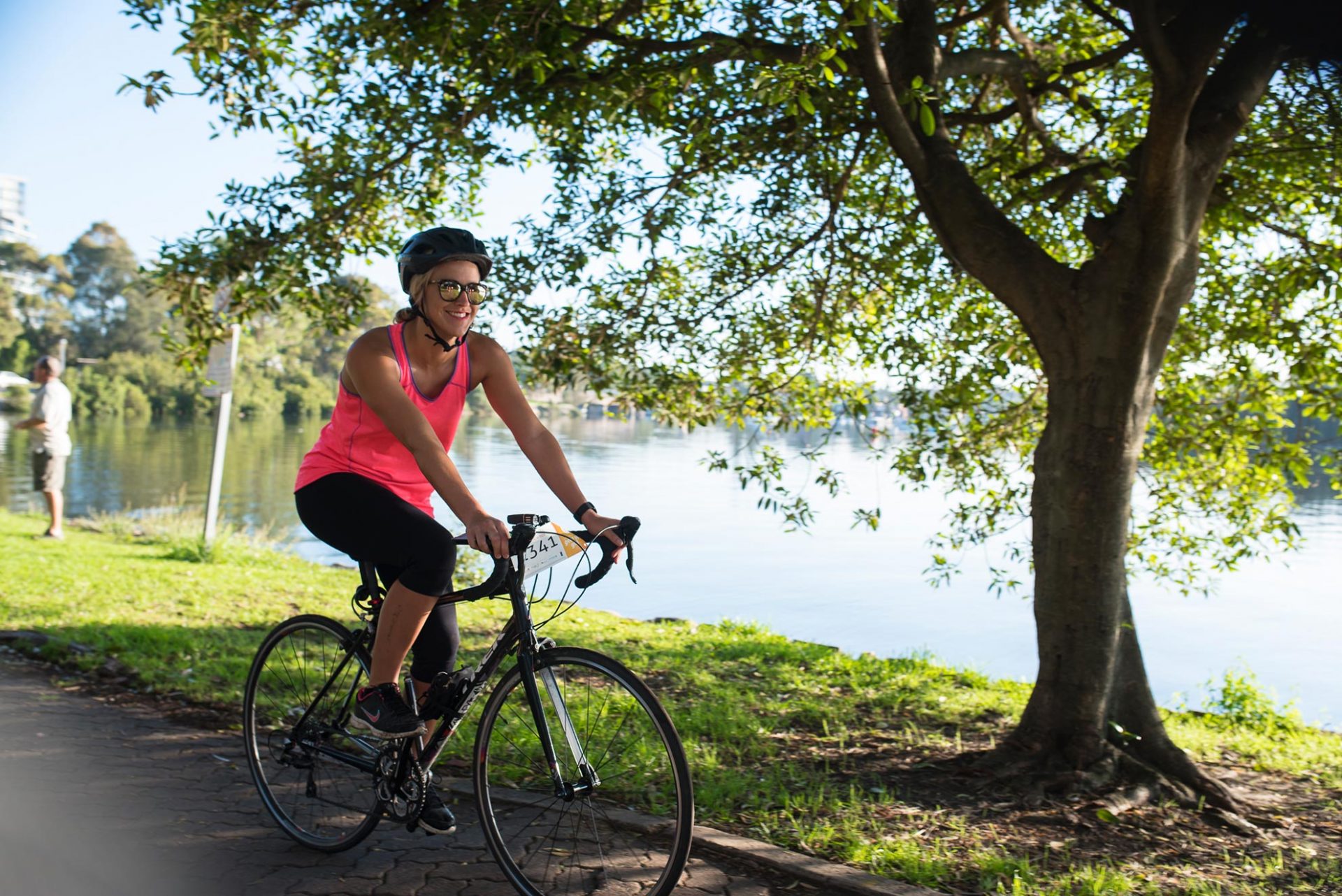Wednesday 21 February 2018
In Australia, Rail Trails – the conversion of disused railway corridors into shared-use paths for cycling, walking and sometimes horse-riding – are becoming important facets of regional tourism with more than 100 trails across the country ranging in length from 0.5km to over 1000km. The state of Victoria has been a leader in the rails-to-trails movement, which is beginning to take hold in NSW.
In Autumn 2017, the NSW Government announced a $300m boost to regional development through a Regional Growth – Environment and Tourism Fund, aimed at increasing tourist numbers in local areas, driving job creation opportunities and building on other regional investment programs. This is good news for local councils and communities across the state who are interested in developing their own Rail Trail, many of whom have already submitted expressions of interest to the fund.

John Barilaro (Minister for Regional NSW), speaking after the Northern Rivers Rail Trail was approved between Murwillumbah and Crabbes Creek in February 2018, noted that the State Government is beginning trials of Rail Trails in NSW locations in order to improve economic opportunities throughout the region and build on the Rail Trails program for the future, including:
- Rosewood Rail Trail ($5m approved as Pilot in 2015, with railway being officially closed in August 2017)
- Northern Rivers Rail Trail ($6.5m in funding accepted in February 2018)
Bicycle NSW, as an advocacy group representing the voices of over 10,000 members, encourages the move by the NSW State Government to support the development of these important leisure facilities, not only for their benefit in promoting a more active lifestyle, but also for the economic benefit they can bring to local areas.
For example, “an economic impact study of the Murray to the Mountains Rail Trail, Warburton Rail Trail and East Gippsland Trail in Victoria, Australia found that, on average, for every visitor day at the rail trails, $51.10 of expenditure is injected into the economy (Beeton, 2003)”1, which demonstrates the economic potential of such Rail Trails.

As with any proposed development, there are advocates for and against the Rail Trails project. Rail enthusiasts are keen to maintain the rail corridors in the hopes that the railways will one day return, and proponents for the trails argue that increased activity will bring about economic benefits for the local area. It is important to note that although the rail corridors will be utilized for recreational purposes as Rail Trails, the rail corridor will be safeguarded for a return to use as a rail line, if needed. This is achieved by transferring the land from Transport for NSW-owned land to Crown Land, ensuring that any changes to use would have to be raised through an act of Parliament.
This visual timeline of The Rails to Trails Legacy from The Atlantic’s Citylab demonstrates the strong history and impact the rails-to-trails movement has had in the United States, and continues to have in cities across the world.
List of Rail Trails being proposed across the state, including:
- Lady Smith to Wagga Wagga (Riverina Highlands/Wagga Rail Trail)
- Culcairn to Corowa to Wahgunyah
- Michelago to Cooma (Monaro Rail Trail)
- Bungendore to Hoskinstown to Captains Flat (Molonglo Rail Trail)
- Coolac to Gundagai to Tumblong
- Goulburn to Crookwell
- Mittagong to Picton
- Tumut to Batlow
- Blackheath to Mt Victoria
- Black Mountain to Ben Lomond (New England Rail Trail)
- Coolah to Dundedoo
- Lapstone to Glenbrook
- Merriwa to Denman (Upper Hunter Country Rail Trail)
- Newnes to Wolgan Valley
- Shortland to Kurri Kurri
- Berry Estate Trail

